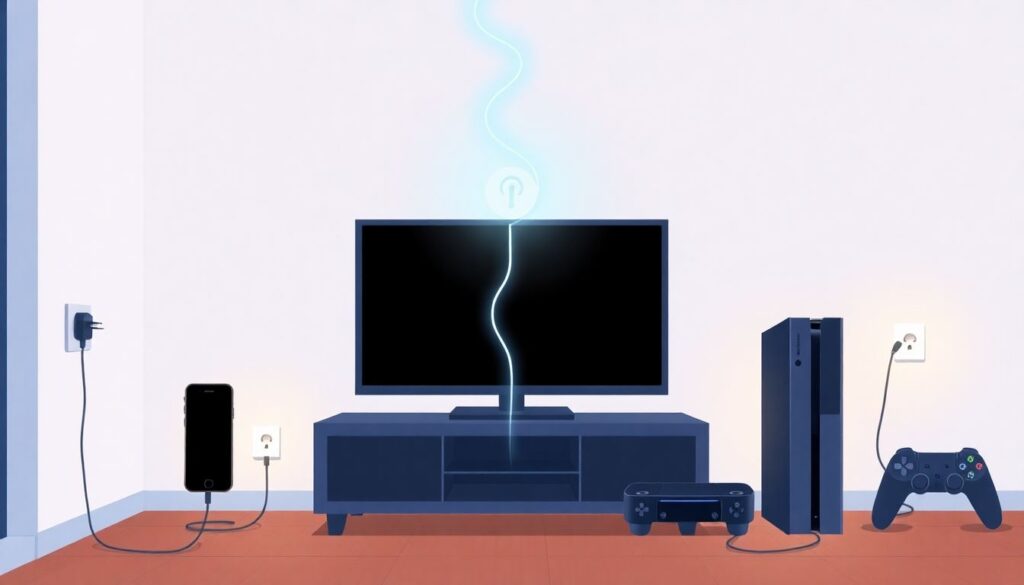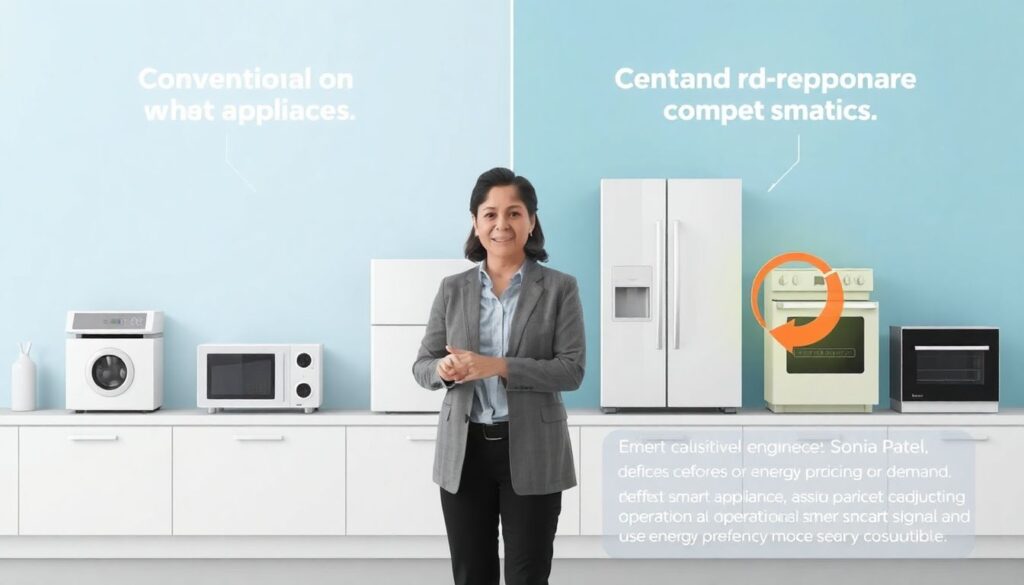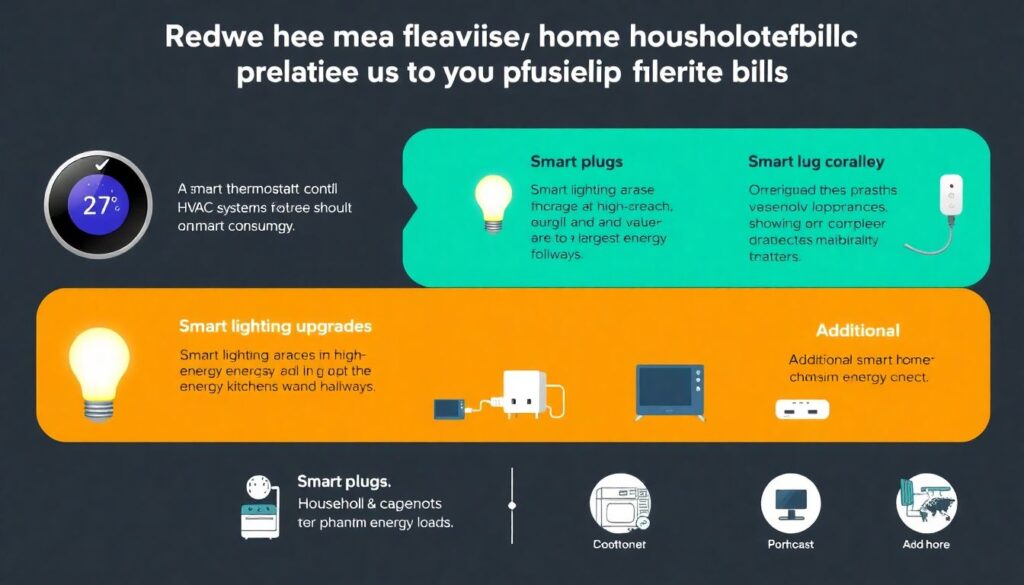Understanding Smart Home Technology and Its Financial Impact
Smart home technology refers to a network of interconnected devices within a home that can be remotely monitored, controlled, and automated. These systems typically use Wi-Fi, Bluetooth, Zigbee, or Z-Wave protocols to communicate. By automating everyday tasks—like adjusting lighting, regulating temperature, or managing water usage—smart devices improve efficiency and, more importantly, reduce recurring utility expenses.
A 2023 study by the Consumer Technology Association found that smart thermostats alone can reduce heating and cooling bills by up to 23%. When integrated with other smart solutions, households can save hundreds of dollars annually. Let’s explore how to achieve this in practice.
—
Smart Thermostats: Precision Climate Control
How They Work
Smart thermostats learn user behavior over time. Using motion sensors, geofencing, and scheduling algorithms, they adjust heating and cooling dynamically. Unlike programmable thermostats, which follow static schedules, smart versions adapt in real-time.
Energy Savings and Comparison
Traditional thermostats rely on manual input, often leading to overuse. In contrast, smart thermostats like Google Nest or Ecobee optimize performance based on occupancy and weather patterns. For example, Ecobee uses room sensors to maintain consistent comfort, avoiding unnecessary HVAC operation in unoccupied zones.
Expert Tip: HVAC specialist Laura Kim recommends setting a geofenced perimeter around your home. “This ensures the system automatically enters eco mode when you leave, without manual input.”
—
Smart Lighting: Efficient Illumination
Automating Light Usage
Smart lighting systems, such as Philips Hue or LIFX, can be programmed to turn off when rooms are unoccupied or to dim during daylight hours. Integration with motion sensors and daylight detectors further enhances efficiency.
Visual Comparison
Imagine a diagram of two homes:
– Home A uses traditional lighting with switches left on in empty rooms.
– Home B uses smart lighting that adjusts brightness based on occupancy and ambient light.
The result? Home B consumes 30–40% less electricity monthly.
Expert Tip: Energy consultant Mark Dyer advises grouping lights into zones. “This allows you to apply different brightness levels or schedules, reducing waste without compromising comfort.”
—
Smart Plugs and Power Strips: Eliminating Phantom Load
What Is Phantom Load?

Phantom load, or standby power, refers to electricity consumed by devices when they’re turned off but still plugged in. TVs, chargers, and gaming consoles are common culprits.
Smart Plug Functionality
Smart plugs allow remote control and scheduling of connected devices. Advanced models provide real-time energy monitoring, helping identify high-drain electronics.
1. Plug devices into smart outlets.
2. Monitor usage via the companion app.
3. Schedule automatic shutoff during idle hours.
Expert Tip: “Use smart power strips for entertainment centers,” suggests tech analyst Brian Ortega. “They cut power to peripherals like soundbars and consoles when the TV turns off.”
—
Smart Water Management: Preventing Waste
Leak Detection and Irrigation Control
Smart leak detectors (e.g., Flo by Moen) monitor water flow and detect anomalies. If a pipe bursts or a faucet drips, the system sends alerts or shuts off the main valve.
Smart irrigation controllers, on the other hand, adjust watering schedules based on weather forecasts and soil moisture levels. This minimizes overwatering and reduces water bills.
Expert Tip: Landscape architect Dana Fields recommends integrating weather-based irrigation. “In drought-prone areas, this technology can cut outdoor water use by over 50%.”
—
Smart Appliances: Long-Term Efficiency Gains
Energy Star Meets Connectivity
Modern appliances like refrigerators, dishwashers, and washing machines now come with smart features that optimize cycles based on usage patterns. For instance, a smart dishwasher might delay operation until off-peak hours when electricity is cheaper.
Comparison with Non-Smart Models

Conventional appliances run on fixed cycles with no regard for energy pricing or load. Smart appliances, by contrast, interact with utility signals or user preferences to reduce consumption.
Expert Tip: Electrical engineer Sonia Patel stresses the importance of demand response compatibility. “Some smart appliances can automatically reduce load during peak demand, qualifying for utility rebates.”
—
Solar Integration and Energy Monitoring
Real-Time Energy Dashboards
Smart energy monitors like Sense or Emporia track energy usage of individual circuits and devices. By visualizing consumption trends, homeowners can make informed decisions about appliance use or solar panel investment.
Smart Solar Inverters
Integrating smart inverters with home automation systems allows you to optimize when and how stored solar energy is used—favoring appliances during peak solar generation hours and reducing grid reliance.
Expert Tip: “Pairing a smart energy monitor with solar panels gives you a complete picture,” says renewable energy consultant Greg Lin. “It reveals when to shift usage for maximum savings.”
—
Implementation Strategy: Getting Started

Here’s a prioritized roadmap for reducing bills using smart technology:
1. Install a smart thermostat – Start with HVAC, the largest energy consumer.
2. Upgrade to smart lighting – Target high-use areas like kitchens and hallways.
3. Deploy smart plugs – Identify and control phantom loads.
4. Add water management tools – Prevent leaks and optimize irrigation.
5. Monitor usage with smart meters – Gain insights before investing in larger upgrades.
6. Integrate smart appliances – Replace aging, inefficient models gradually.
—
Final Thoughts
Smart home technology isn’t just about convenience—it’s a strategic tool for reducing monthly expenses. Through automation, real-time monitoring, and adaptive behavior, these systems help homeowners take control of their energy and water usage.
While upfront costs may seem high, the long-term savings and potential rebates or tax incentives can offset the investment within a few years. As technology advances and integration becomes easier, the barrier to entry continues to lower, making now an ideal time to start transforming your home into a cost-efficient, sustainable environment.

